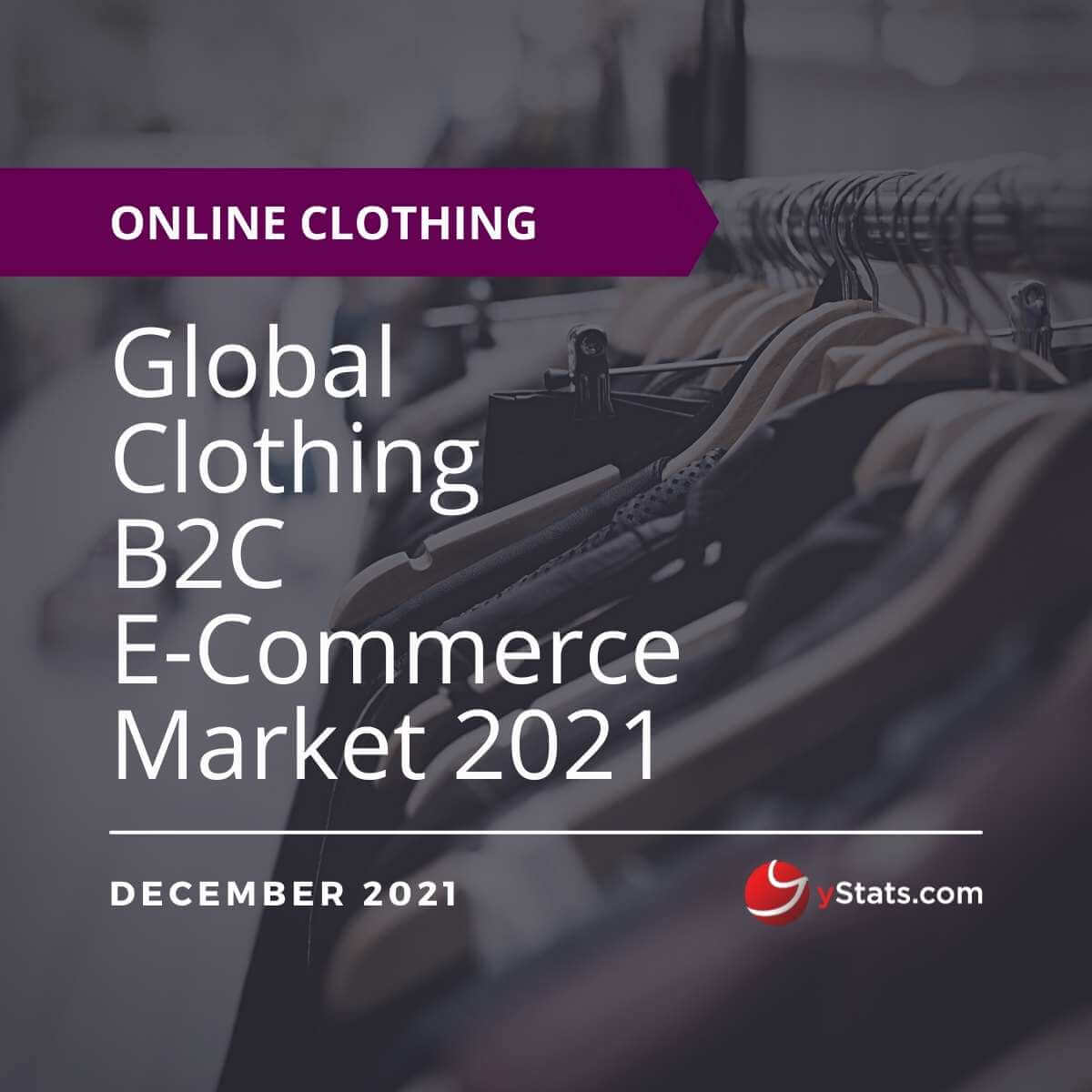Description
Countries Covered: Denmark, France, Germany, Netherlands, Russia, Sweden, Switzerland, Turkey, UK
Pages: 74
Publication Date: 03/06/2021
Questions Covered in the report:
- What are the key drivers of the secondhand E-Commerce industry in Europe in 2021?
- What share of consumers in the developed European countries purchase secondhand apparel amid COVID-19?
- How often do consumers purchase secondhand items in Europe?
- What are the top local secondhand E-Commerce players in Europe as of 2021?
- What did the players in Europe do to win customers as the demand accelerated during COVID-19?
- Which top 5 online platforms are used for secondhand shopping in Sweden?
Key Findings:
Secondhand E-Commerce grows faster than the overall retail: new yStats.com report.
During the pandemic, an already established trend toward secondhand purchases accelerated even further
The COVID-19 pandemic and general interest in circular economy, plus global waste reduction in particular, accelerated secondhand industry growth in 2020, and this is likely to be continued in 2021. In the US alone, both the offline and online pre-owned clothing market were forecasted to rise much faster than the total market for apparel. In China, despite the country being one of the largest producers of fast fashion, the market value of secondhand E-Commerce has grown rapidly since 2016. Even with the overall economic disruptions in 2020, the absolute value of the used goods market was substantially higher than in 2019. The number of the secondhand E-Commerce purchasers in China also reached an all-time high during the health crisis. Meanwhile, in Europe, the recently introduced regulations in France aiming to significantly reduce industrial waste is likely to spread to other nations and positively impact the whole secondhand industry. Overall, globally, more than six in ten respondents to a 2020 survey, ranked “buying more from online secondhand platforms” among top priorities after COVID-19, according to the new yStats.com market report.
E-Commerce players see new opportunities in the online secondhand market amid COVID-19
Globally, various E-Commerce companies are increasingly searching for opportunities to get on the train of secondhand product sales. Among others, for example, in 2020, European Zalando and About You launched their pre-owned clothing categories and US-based Poshmark launched Reposh. Moreover, in 2021, the latter went outside the North America for the first time. Meanwhile, Japanese Mercari saw new opportunities for it on the Chinese market during the pandemic, and decided to enter the market via one of the most popular E-Commerce platforms in the country. At the same time, there are two main players in the secondhand E-Commerce market in China: Alibaba-owned Xianyu and Tencent with Zhuanzhuan. Nevertheless, some other players are already providing new competition as interest in the purchase of used items spreads, as detailed in the new yStats.com publication.






